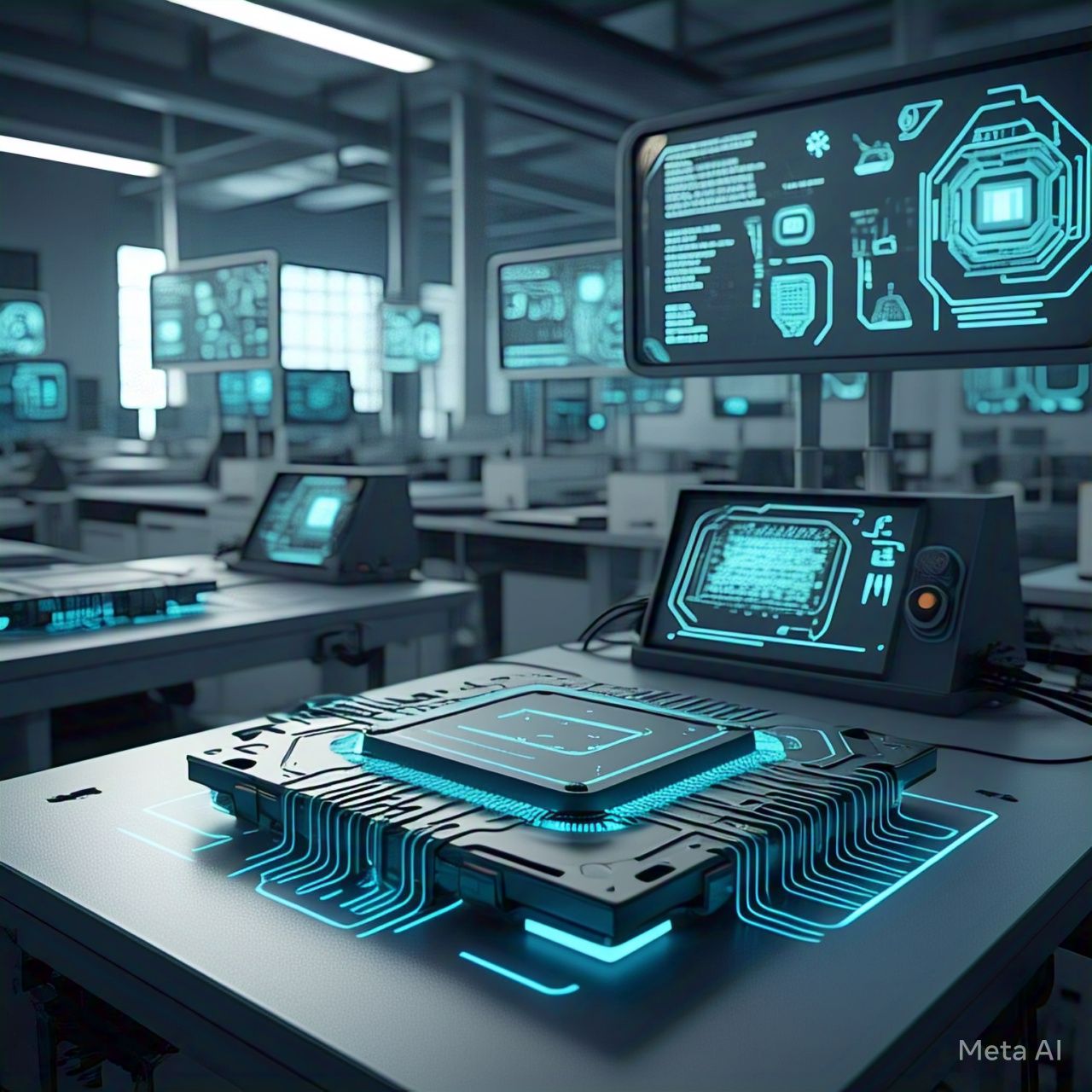Table of Contents
- Introduction
- What is Machine Learning?
- What is Deep Learning?
- Key Differences Between Machine Learning and Deep Learning
- Applications of Machine Learning vs. Deep Learning
- Advantages and Disadvantages
- Choosing the Right Approach
- The Future of AI: Machine Learning and Deep Learning
- Conclusion
- FAQs
Introduction
Artificial Intelligence (AI) is transforming industries, and at the core of AI lie two powerful technologies: Machine Learning (ML) and Deep Learning (DL). While these terms are often used interchangeably, they are distinct fields with different capabilities and applications. In this article, we will explore the key differences between ML and DL, their use cases, and how they shape the future of AI.
What is Machine Learning?
Machine Learning (ML) is a subset of AI that enables computers to learn patterns from data and make predictions or decisions without being explicitly programmed.
Characteristics of Machine Learning:
- Uses algorithms to analyze and interpret data.
- Requires human intervention for feature selection.
- Works well with structured and smaller datasets.
- Includes supervised, unsupervised, and reinforcement learning methods.
Examples of ML Algorithms:
- Decision Trees
- Random Forests
- Support Vector Machines (SVM)
- k-Nearest Neighbors (k-NN)
- Naïve Bayes
What is Deep Learning?
Deep Learning (DL) is a specialized branch of ML that mimics the human brain by using artificial neural networks with multiple layers.
Characteristics of Deep Learning:
- Uses multi-layered neural networks (deep neural networks).
- Requires large amounts of data for training.
- Automatically extracts features without human intervention.
- Highly effective in complex tasks such as image and speech recognition.
Examples of Deep Learning Models:
- Convolutional Neural Networks (CNNs) – Used for image processing.
- Recurrent Neural Networks (RNNs) – Used for sequential data like speech.
- Generative Adversarial Networks (GANs) – Used for AI-generated content.
Key Differences Between Machine Learning and Deep Learning
| Feature | Machine Learning | Deep Learning |
|---|---|---|
| Data Requirements | Works with small to medium datasets | Requires large datasets |
| Feature Engineering | Manual feature extraction required | Automatically extracts features |
| Performance | Effective for structured data tasks | Excels in unstructured data tasks |
| Complexity | Uses simpler algorithms | Uses deep neural networks with multiple layers |
| Hardware Requirement | Can run on CPUs | Requires GPUs for training |
| Training Time | Faster training | Longer training times due to complex models |
| Interpretability | More transparent and explainable | Often considered a black-box model |
Applications of Machine Learning vs. Deep Learning
Both ML and DL have applications across multiple industries, but their use cases differ based on complexity and data requirements.
Machine Learning Applications:
- Spam email detection
- Predictive analytics in finance
- Recommendation systems (e.g., Netflix, Amazon)
- Fraud detection in banking
- Customer segmentation in marketing
Deep Learning Applications:
- Facial recognition systems
- Self-driving cars
- Voice assistants (e.g., Siri, Alexa)
- Healthcare diagnostics (e.g., detecting cancer in medical images)
- AI-generated art and content creation
Advantages and Disadvantages
Machine Learning:
Advantages:
- Requires less computing power.
- Can work with smaller datasets.
- Easier to interpret and explain results.
Disadvantages:
- Limited in handling complex unstructured data.
- Requires manual feature selection.
Deep Learning:
Advantages:
- Handles large and complex datasets effectively.
- Can automate feature selection.
- Excels in advanced applications like image and speech recognition.
Disadvantages:
- Requires high computational power and large datasets.
- Difficult to interpret decision-making processes.
- Longer training time.
Choosing the Right Approach
The choice between ML and DL depends on various factors, including data availability, computational resources, and the complexity of the task.
When to Use Machine Learning:
- When working with structured data.
- When computational power is limited.
- When interpretability is important.
When to Use Deep Learning:
- When dealing with large amounts of unstructured data (e.g., images, videos, audio).
- When accuracy is a priority over interpretability.
- When computational resources like GPUs are available.
The Future of AI: Machine Learning and Deep Learning
Both ML and DL are expected to continue advancing, influencing various domains:
- Explainable AI (XAI): Making deep learning models more interpretable.
- Hybrid Models: Combining ML and DL for optimized performance.
- AI in Edge Computing: Bringing ML/DL capabilities to devices like smartphones.
- Quantum AI: Leveraging quantum computing for faster processing.
Conclusion
Machine Learning and Deep Learning are both integral to AI’s future, but they serve different purposes. ML is ideal for structured data and interpretable models, while DL excels in complex and large-scale applications. Understanding their differences can help businesses and researchers make informed decisions when choosing an AI approach.
FAQs
1. Is deep learning better than machine learning?
Deep learning is more powerful for tasks involving large amounts of unstructured data, but machine learning is better suited for smaller datasets and structured data problems.
2. Does deep learning always require big data?
Yes, deep learning models typically perform best with large datasets, though techniques like transfer learning can help with smaller datasets.
3. Which is easier to learn, machine learning or deep learning?
Machine learning is generally easier to learn because it involves simpler algorithms and requires less computational power compared to deep learning.
4. Can deep learning replace traditional machine learning?
Not entirely. While deep learning is advancing rapidly, machine learning is still widely used in applications where interpretability and lower computational costs are important.
5. What is the future of machine learning and deep learning?
The future involves integrating ML and DL with emerging technologies like quantum computing, explainable AI, and edge computing for better performance and accessibility.
References
- Goodfellow, I., Bengio, Y., & Courville, A. (2016). Deep Learning. MIT Press.
- Russell, S., & Norvig, P. (2021). Artificial Intelligence: A Modern Approach. Pearson.
- McKinsey & Company. “AI Trends and Future Predictions.” [Online].





